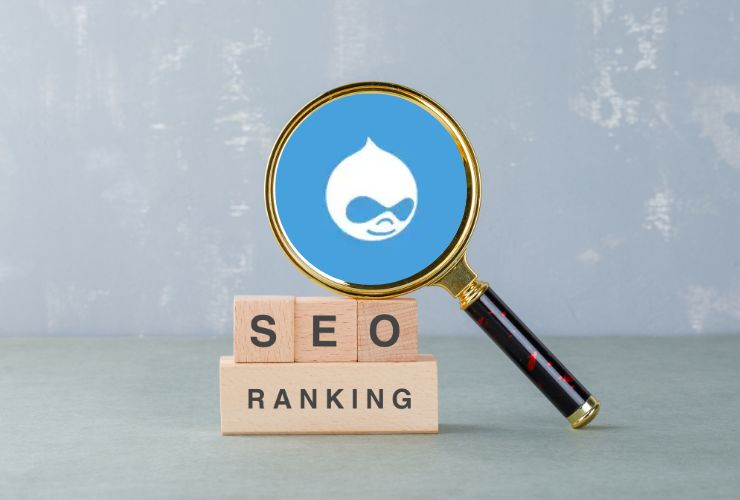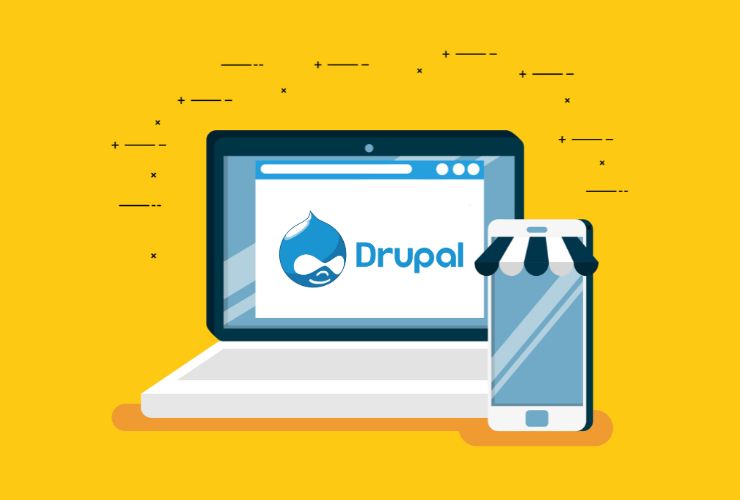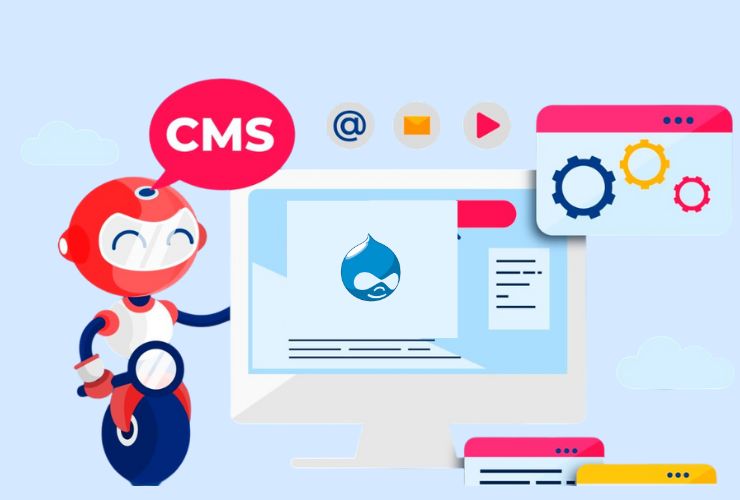In the ever-evolving landscape of web development, choosing the right content management system (CMS) is crucial. Drupal has emerged as a powerful and flexible CMS that caters to the needs of modern websites. This guide delves into the essentials of Drupal development, offering insights and best practices to help you create robust and dynamic websites.
What is Drupal?
Basically Drupal is an open-source CMS known for its flexibility, scalability, and extensive customization options. It powers millions of websites and applications, from personal blogs to large enterprise sites. Also it’s modular architecture allows developers to extend its functionality through custom modules and themes.
Key Features of Drupal
- Modular Architecture: Drupal’s core functionality can be extended with thousands of available modules.
- Scalability: Capable of handling high-traffic websites and complex data structures.
- Security: Regular security updates and a dedicated security team ensure robust protection.
- Multilingual Support: Built-in support for multiple languages makes it ideal for global audiences.
- Content Workflow: Advanced content creation and publishing workflows streamline editorial processes.
Getting Started with Drupal Development
- Installation: Start by downloading Drupal from the official website and follow the installation instructions.
- Configuration: Configure your site settings, including site name, email address, and timezone.
- Modules: Explore and install essential modules to extend functionality, such as Views, Pathauto, and CKEditor.
- Themes: Choose a theme or create a custom one to define the look and feel of your site.
Best Practices for Drupal Development
- Plan Your Site Structure: Define your content types, taxonomy, and user roles before diving into development.
- Use Configuration Management: Leverage Drupal’s configuration management system to export and import configuration changes.
- Custom Development: When custom functionality is required, create custom modules following Drupal’s coding standards.
- Performance Optimization: Use caching, image optimization, and performance monitoring tools to ensure your site runs smoothly.
- Security Best Practices: Regularly update Drupal core and contributed modules, use secure coding practices, and conduct security audits.
Advanced Drupal Development Techniques
- Headless Drupal: Implement Drupal as a headless CMS, using it as a content repository and delivering content through APIs to various front-end frameworks.
- Decoupled Architecture: Separate the front-end and back-end, using Drupal for content management and a modern JavaScript framework for the front-end.
- Multisite Management: Manage multiple websites from a single Drupal installation, sharing codebase and configurations.
Drupal development offers unparalleled flexibility and scalability, making it an excellent choice for modern websites. You can create dynamic, secure, and high-performing websites that meet the needs of your users by following best practices and leveraging Drupal’s powerful features.
Top Benefits of Choosing Drupal Development for Your Projects
When it comes to building a robust and flexible website, choosing the right content management system (CMS) is critical. Drupal, an open-source CMS, has gained widespread popularity among developers and businesses for its versatility, scalability, and security.
1. Flexibility and Customization
Drupal stands out for its modular architecture, which allows developers to create highly customized websites. With thousands of modules available, you can easily extend the functionality of your site to meet specific business needs. Whether it’s creating custom content types, implementing advanced search capabilities, or integrating third-party services, Drupal’s flexibility is unmatched.
2. Scalability
Drupal is designed to handle high-traffic websites and complex data structures. Its scalability makes it suitable for projects of all sizes, from small business websites to large enterprise portals. With Drupal, you can start small and scale up as your business grows, ensuring that your website can accommodate increasing traffic and content demands.
3. Security
Security is a top priority for any website, and Drupal excels in this area. The Drupal community and security team continuously monitor and address potential vulnerabilities. Regular security updates and best practices ensure that your site remains protected against threats. Additionally, Drupal’s robust user permissions and access control features provide granular control over who can view and edit content.
4. Multilingual Capabilities
For businesses targeting a global audience, Drupal offers built-in multilingual support. You can easily create and manage content in multiple languages, providing a seamless experience for users around the world. Drupal’s translation management tools make it simple to translate content and configure language-specific settings.
5. Content Workflow and Management
Drupal provides advanced content creation and publishing workflows, making it ideal for websites with complex editorial processes so content creators and editors can benefit from features like version control, content moderation, and customizable workflows. So this ensures that content is consistently reviewed and approved before being published.
6. Community Support and Development
As an open-source platform, Drupal benefits from a vibrant and active community of developers, designers, and users. This collaborative approach not only fosters continuous improvement but also drives innovation. Consequently, you gain access to a wealth of resources, including comprehensive documentation, engaging forums, and professional support services. With these tools at your fingertips, you can easily find solutions to any challenges you may encounter, ensuring a smoother development experience.
7. Mobile-First Approach
In today’s mobile-driven world, having a responsive website is crucial. Fortunately, Drupal adopts a mobile-first approach, ensuring that your site looks and functions seamlessly on all devices, from desktops to smartphones. With responsive design capabilities integrated into Drupal themes, you can provide a consistent user experience across various screen sizes, making it easier for visitors to engage with your content no matter where they are.
8. SEO-Friendly
Drupal is equipped with various SEO tools and modules to help you optimize your website for search engines. Features like customizable meta tags, clean URLs, and XML sitemaps make it easier to improve your site’s visibility in search engine results. By leveraging Drupal’s SEO capabilities, you can drive more organic traffic to your website.
9. Third-Party Integrations
Drupal’s flexibility shines through its capacity to integrate with a diverse array of third-party services and applications. Whether you want to connect with CRM systems, marketing automation tools, or social media platforms, Drupal offers seamless integration options. This capability enables you to build a cohesive digital ecosystem, ultimately enhancing both your website’s functionality and the overall user experience.
10. Cost-Effective
Choosing Drupal for your web development projects brings numerous advantages, including flexibility, scalability, robust security, and multilingual support. Whether you’re creating a small business website or a complex enterprise portal, Drupal equips you with the essential tools and features to build a high-performing, user-friendly site. By embracing the power of Drupal, you can elevate your web projects and achieve your goals more effectively.
Ready to take your website to the next level? Contact our team of experienced Drupal developers today and start building your dream site with Drupal!














